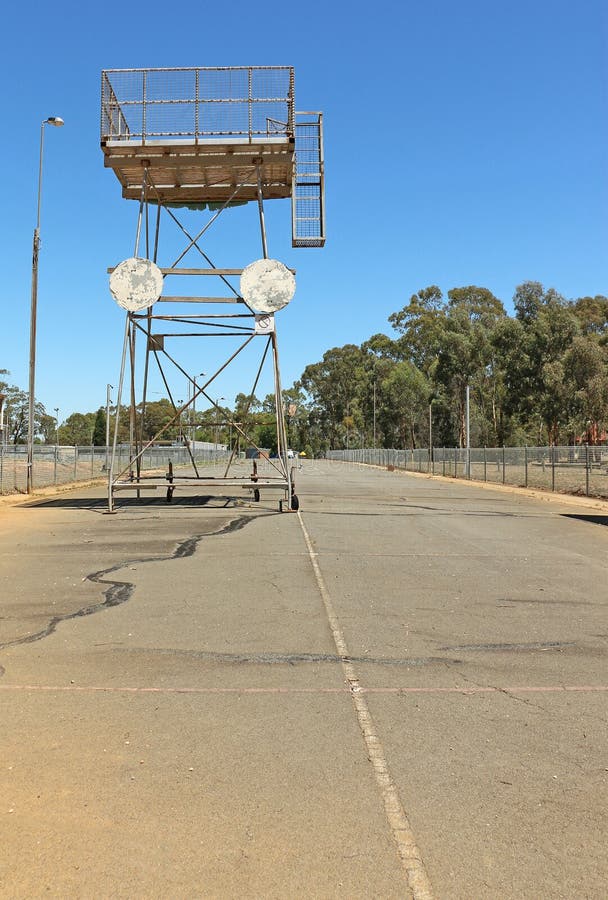Protecting people and property from fire hazards is an essential responsibility. Merging automated systems with personal training is the best strategy to prevent fire disasters. Automatic fire suppression setups and fire brigade training strengthen protection efforts to safeguard lives and property.
What Are Sprinkler Systems?
Fire protection networks are designed to respond to fires. They utilize heat-sensitive sprinklers to control flames. Water dispersion units activates independently, preventing unnecessary damage.

Main parts of fire safety networks include:
- Fire suppression nozzles: Spray water directly.
- Water distribution systems: Support fire suppression operations.
- Safety hubs: Provide manual override options.
- Backup tanks: Support uninterrupted suppression.
Why Fire Brigade Training is Essential
While sprinkler systems offer automatic protection, organized responses enhances overall protection. Fire safety exercises equip staff to respond effectively and work alongside fire suppression systems.

Key features of firefighting training include:
- Understanding fire risks: Educating about potential dangers.
- Evacuation route drills: Practicing efficient escapes.
- Firefighting skills: Training in using equipment.
- Group decision-making: Enhancing communication during crises.
Como funciona o sprinkler de incêndio?empresa de instalação de sprinklerso sistema de chuveiros automáticos sprinklers possui basicamente 4 classificações
The Synergy Between Technology and Preparedness
Using both technology and human readiness enhances fire response efforts. With sprinklers controlling flames immediately, trained fire brigades ensure safe operations.

In tandem, this approach provide peace of mind in residential buildings, commercial properties, and industrial facilities alike.
Conclusion: Building a Safer Future
Advanced suppression systems and team preparedness ensure optimal protection. Combining these strategies enhances emergency responses for fire-related incidents.
Start improving your fire safety plan now by organizing emergency response programs. Preparedness and technology work hand in hand!